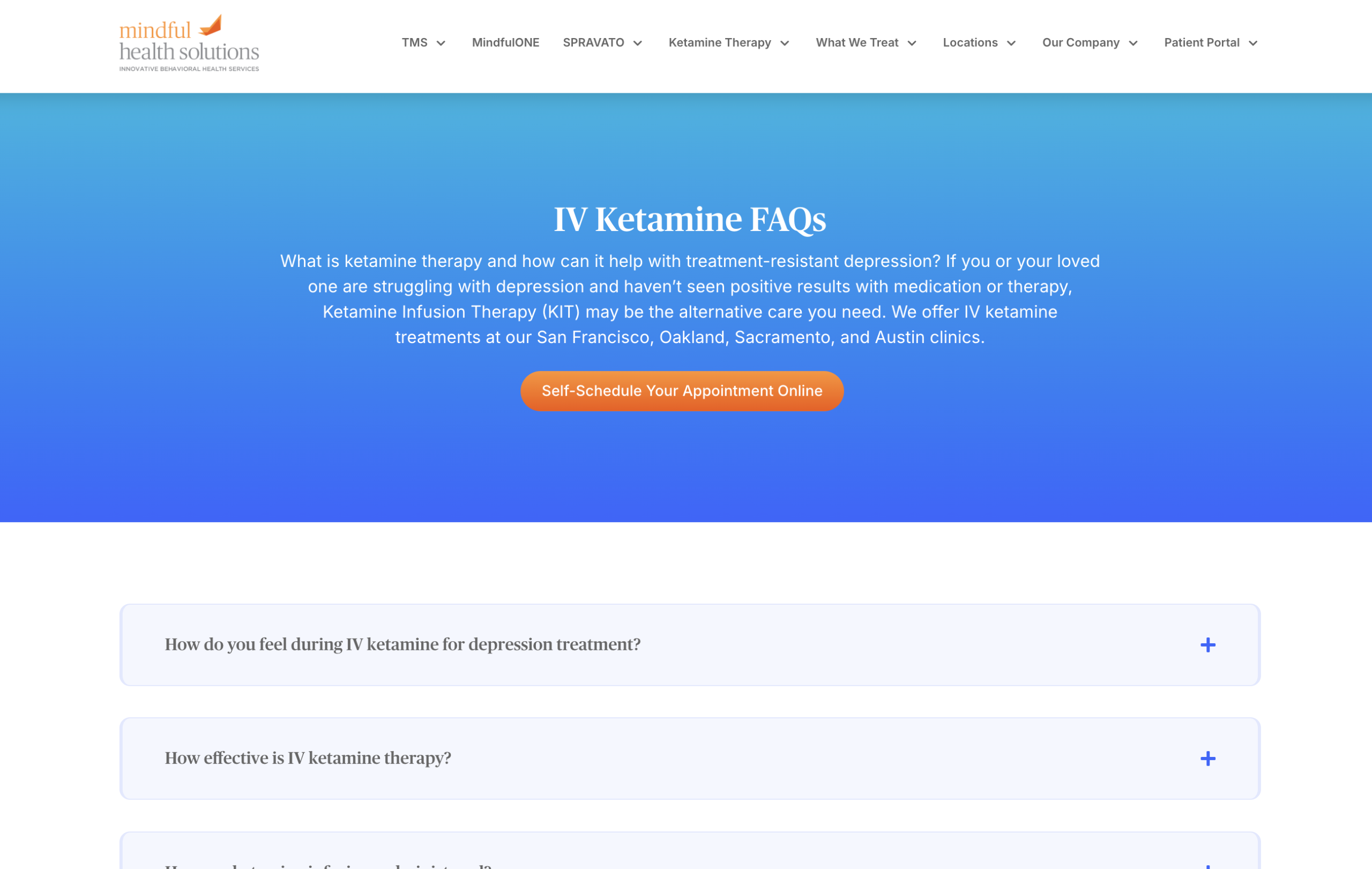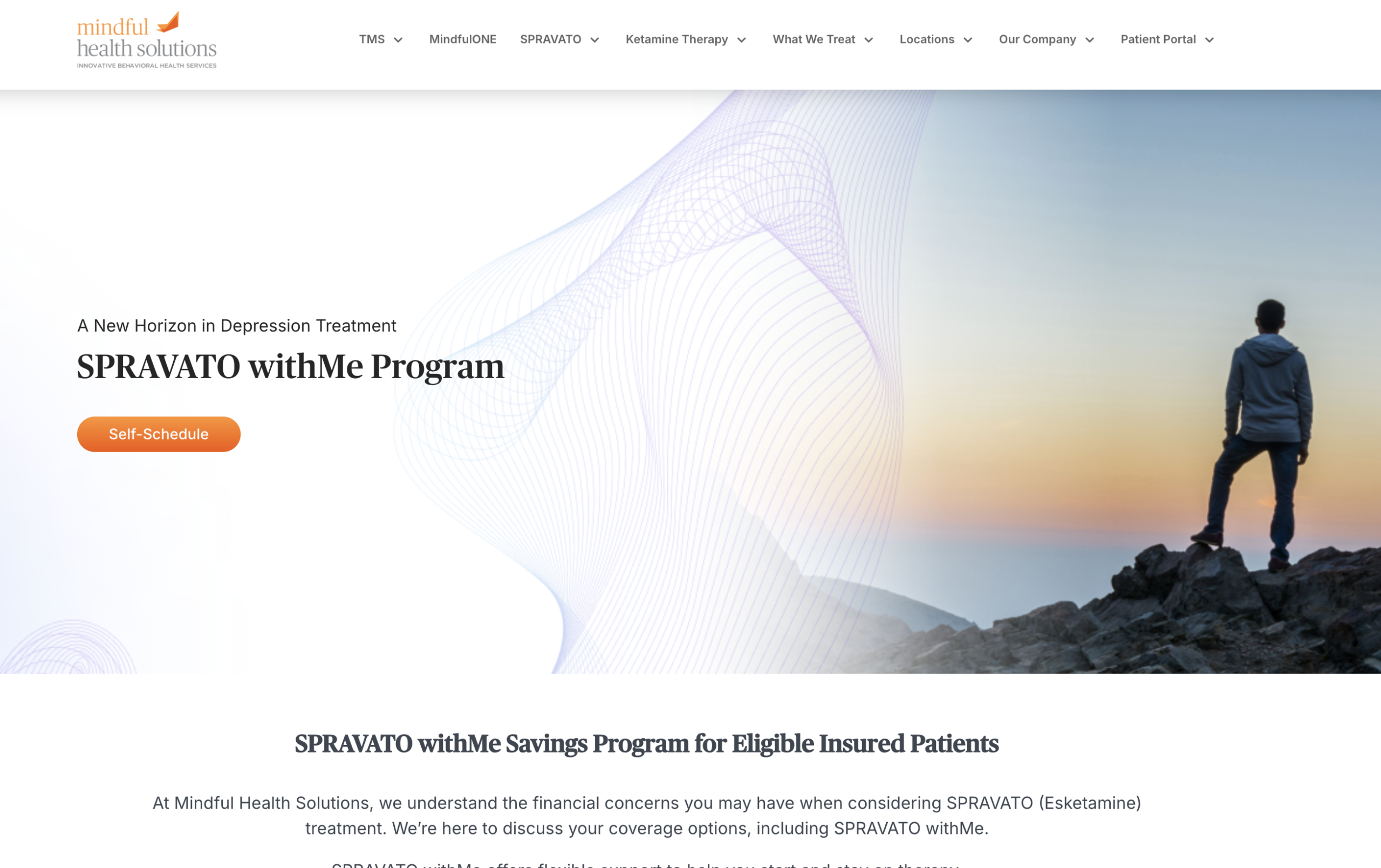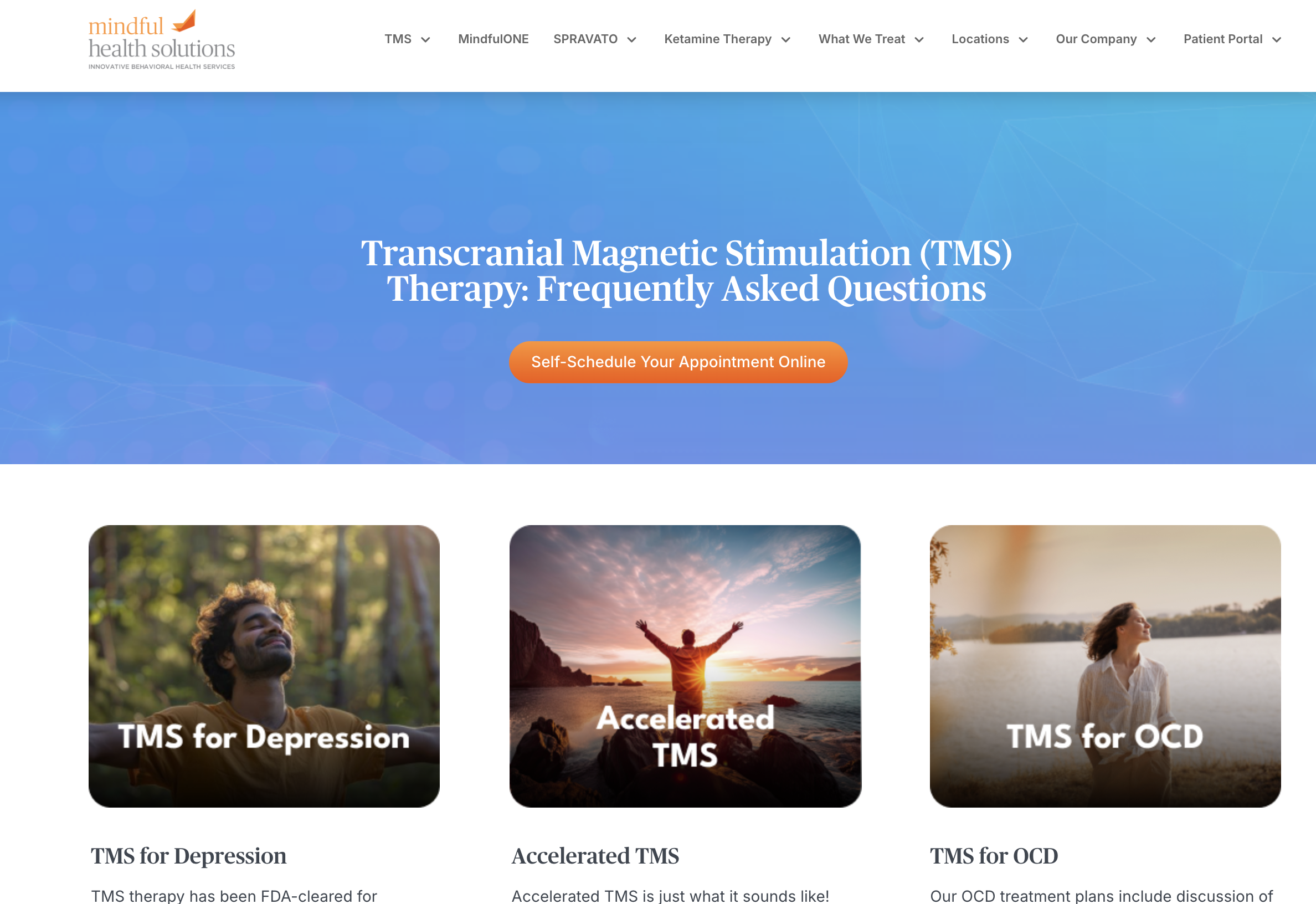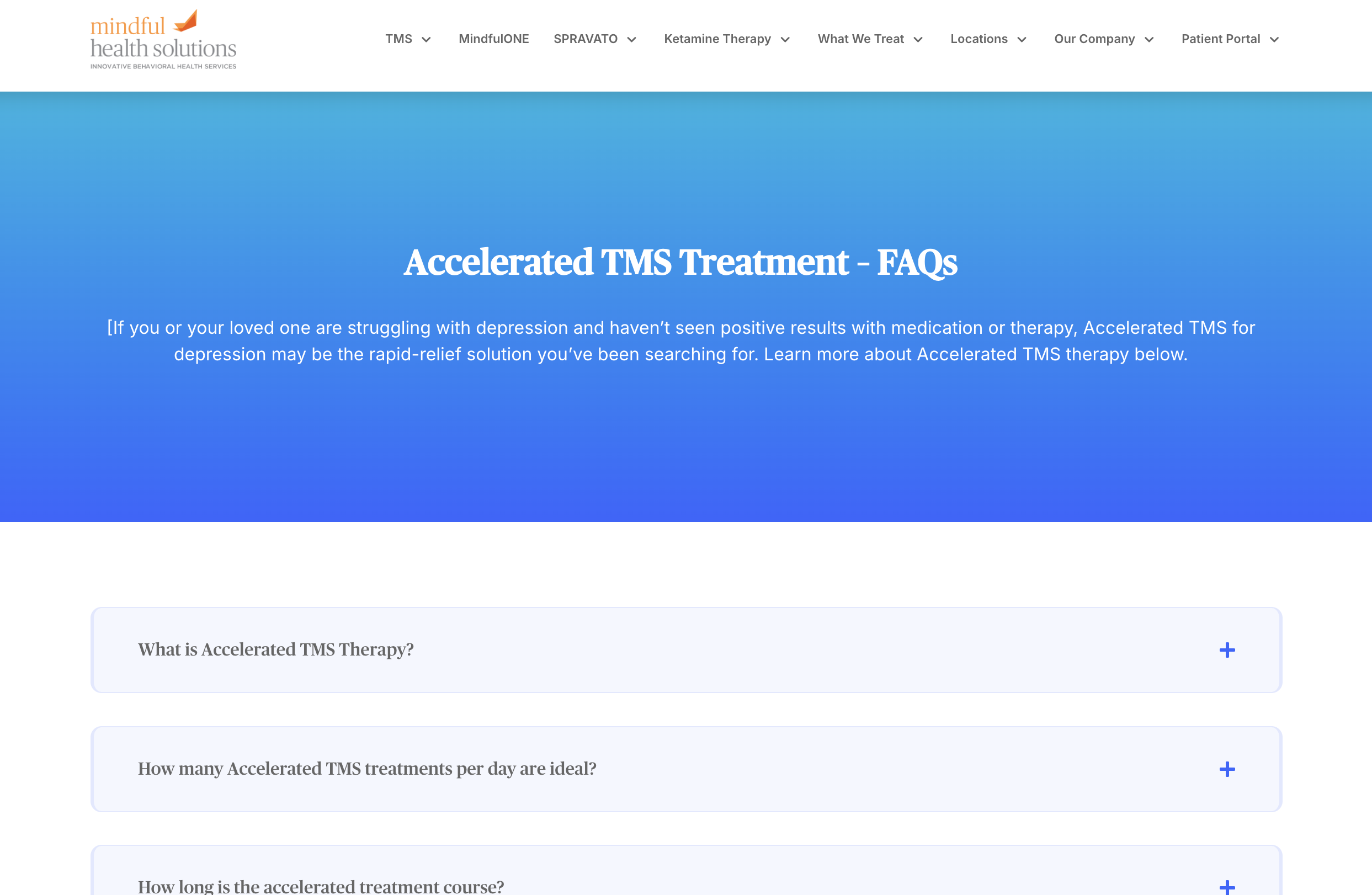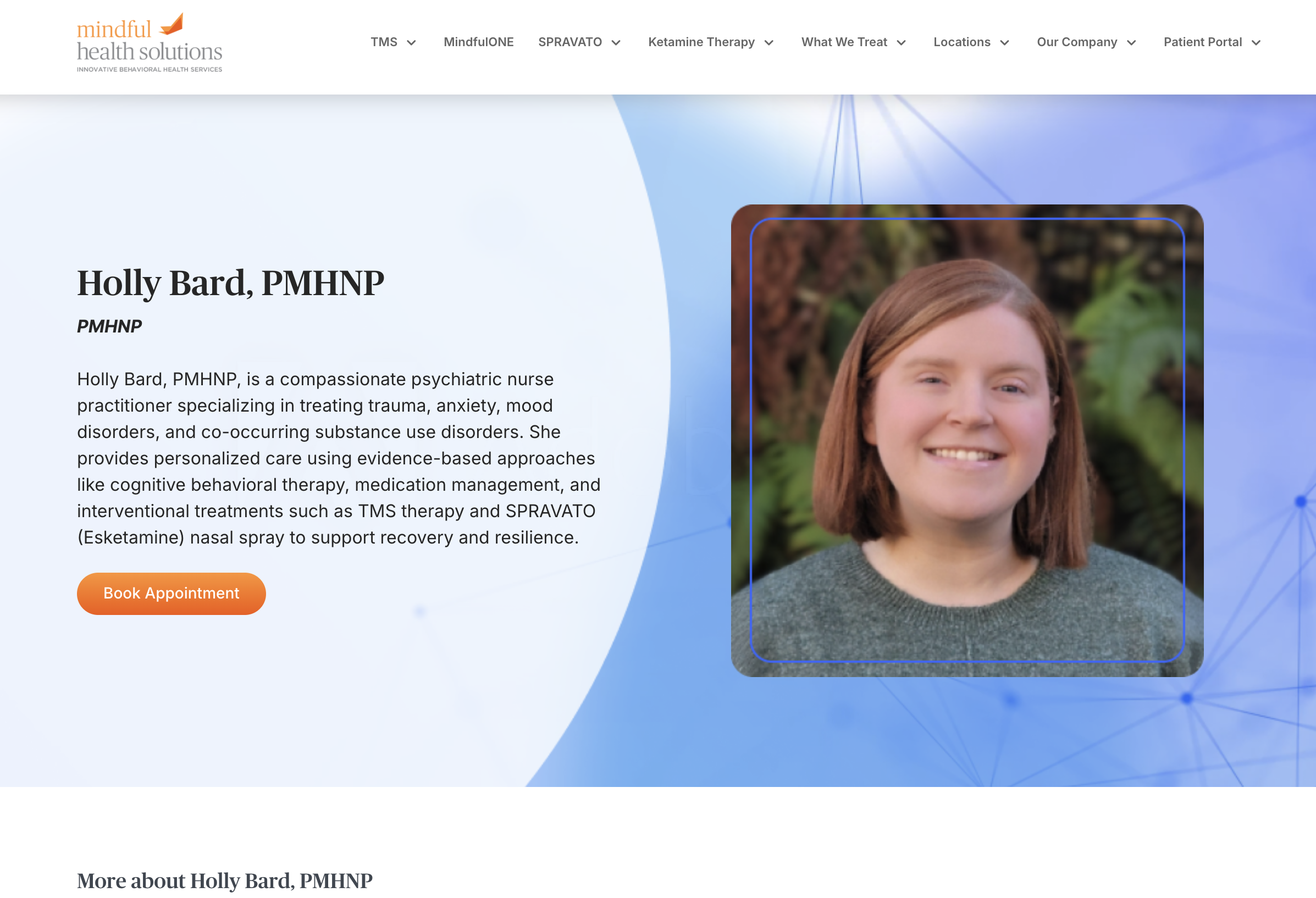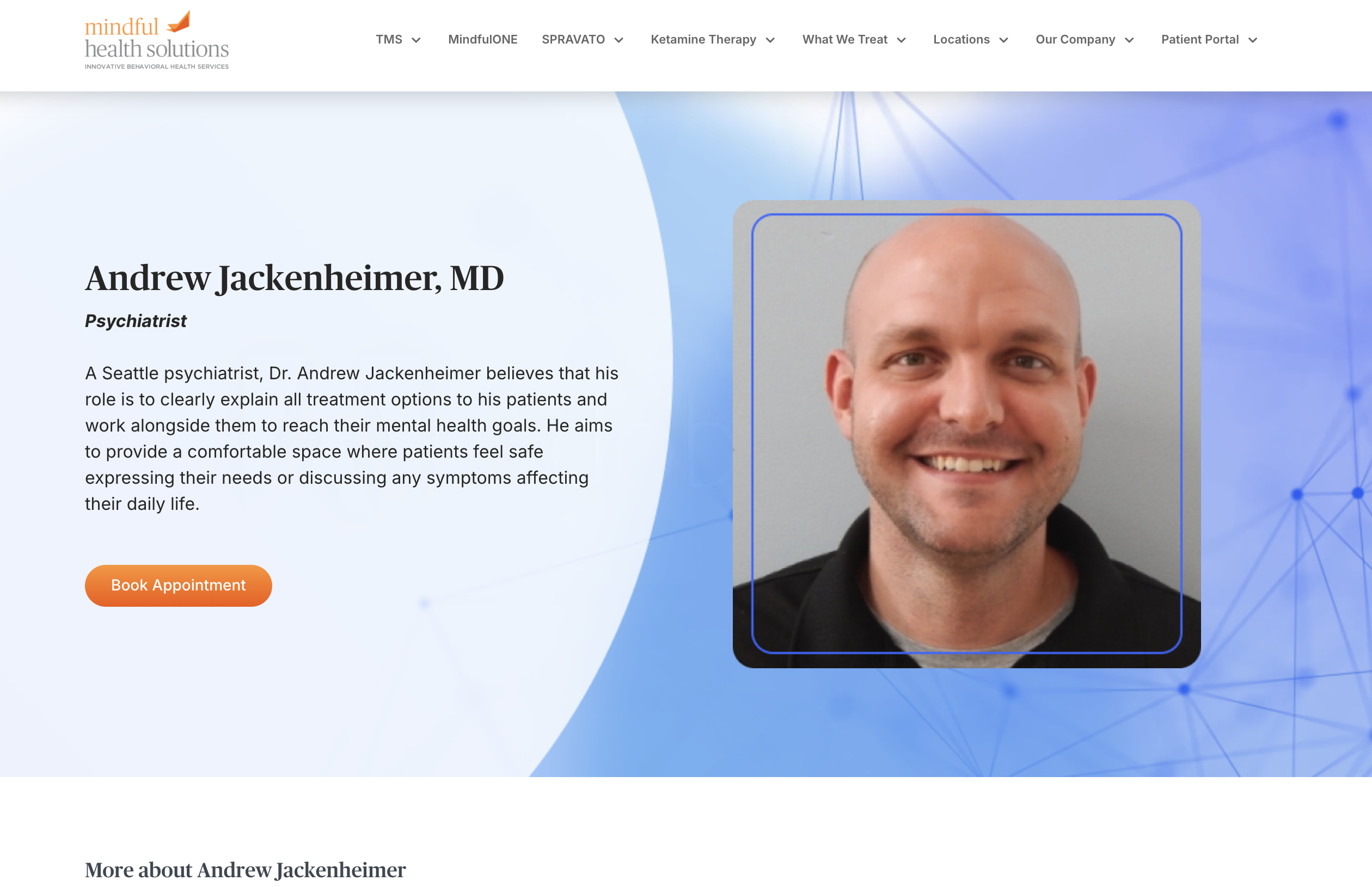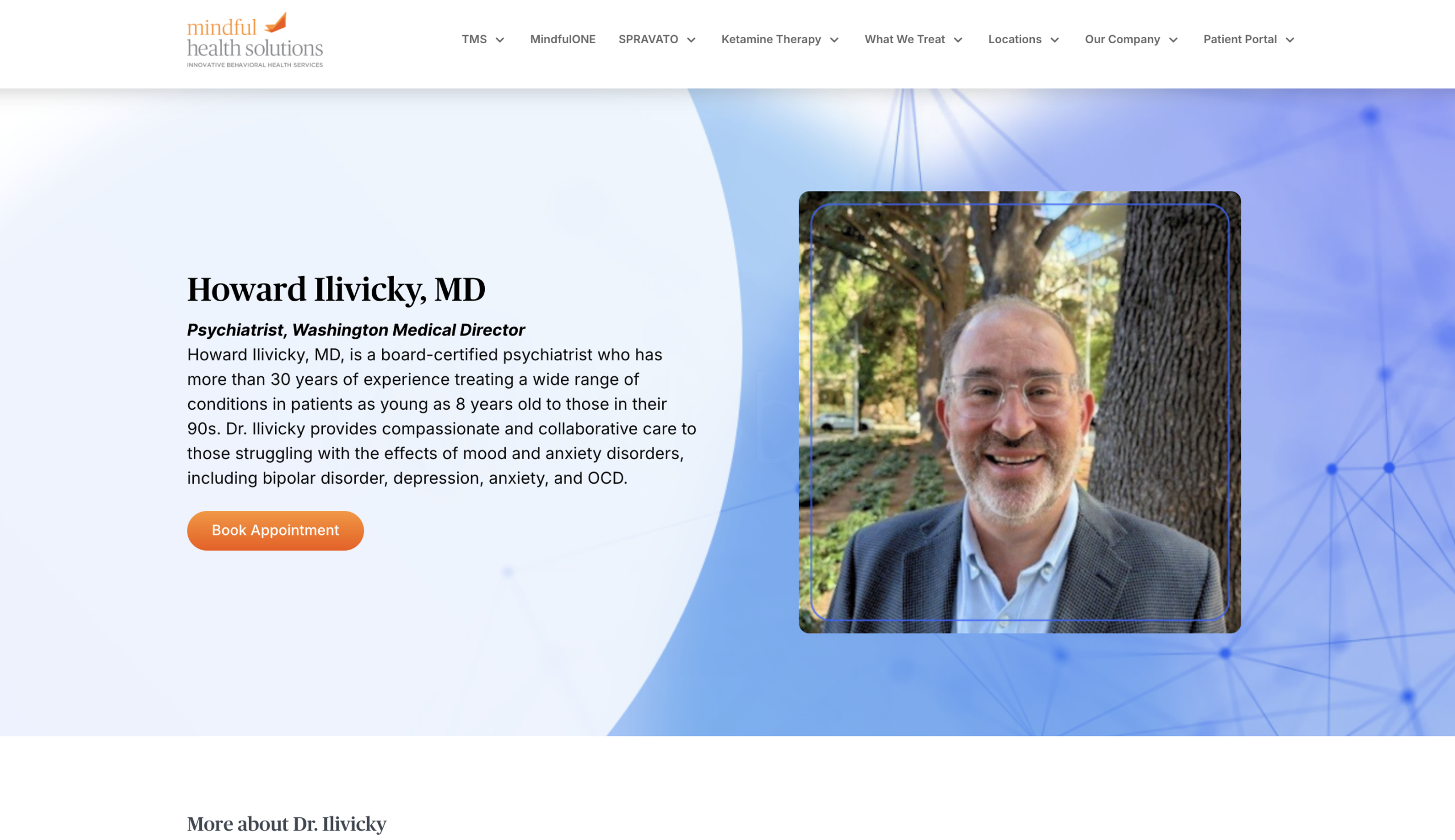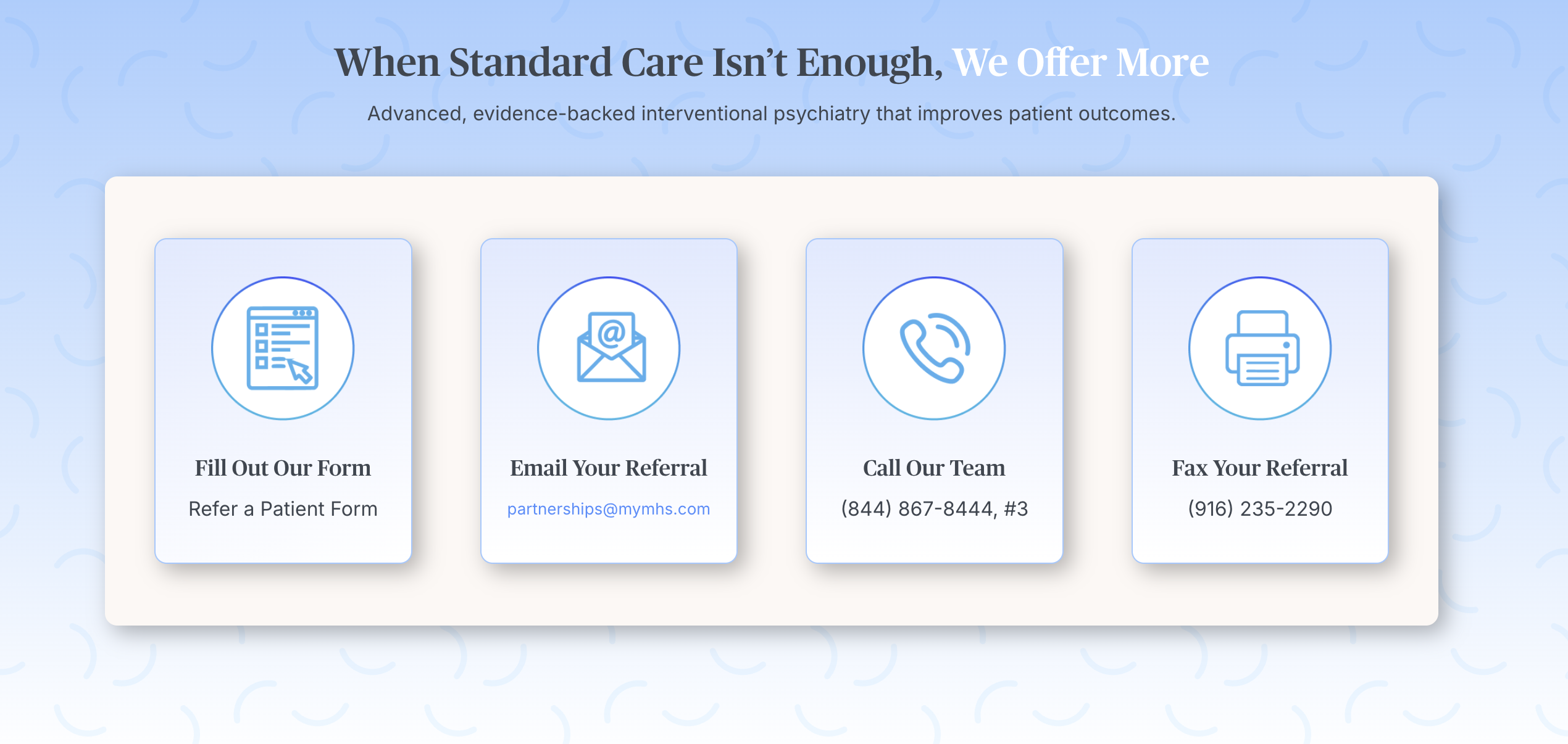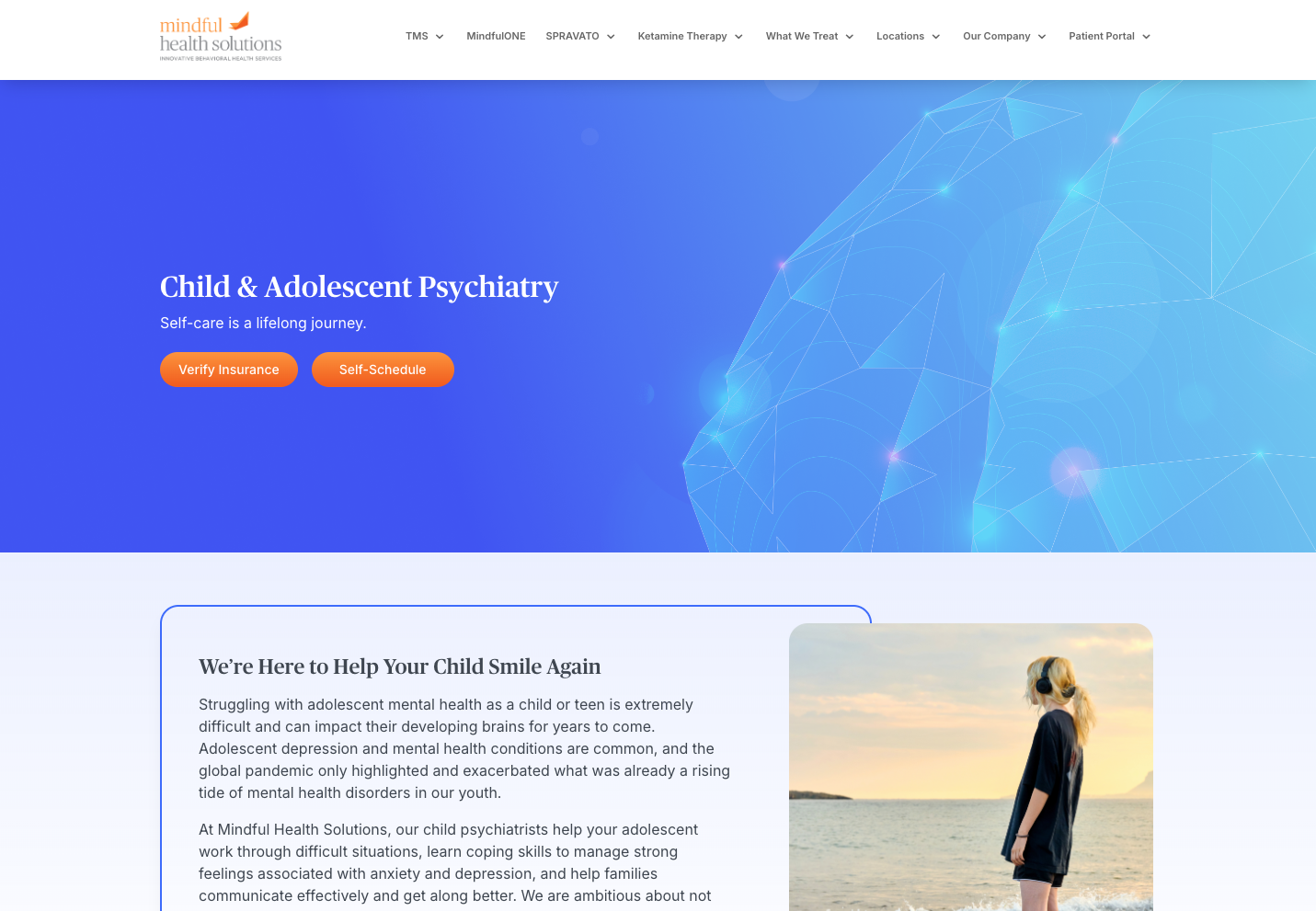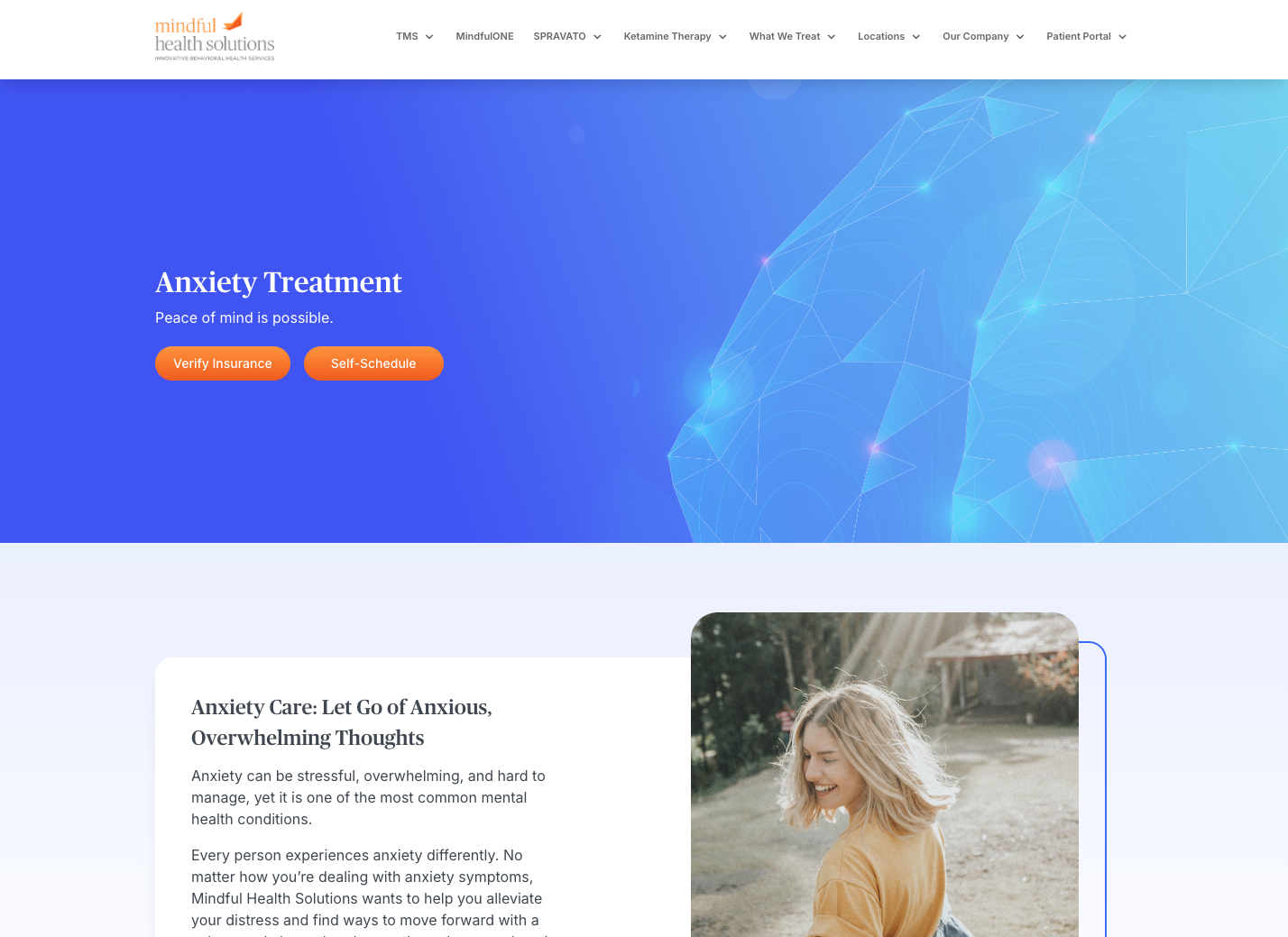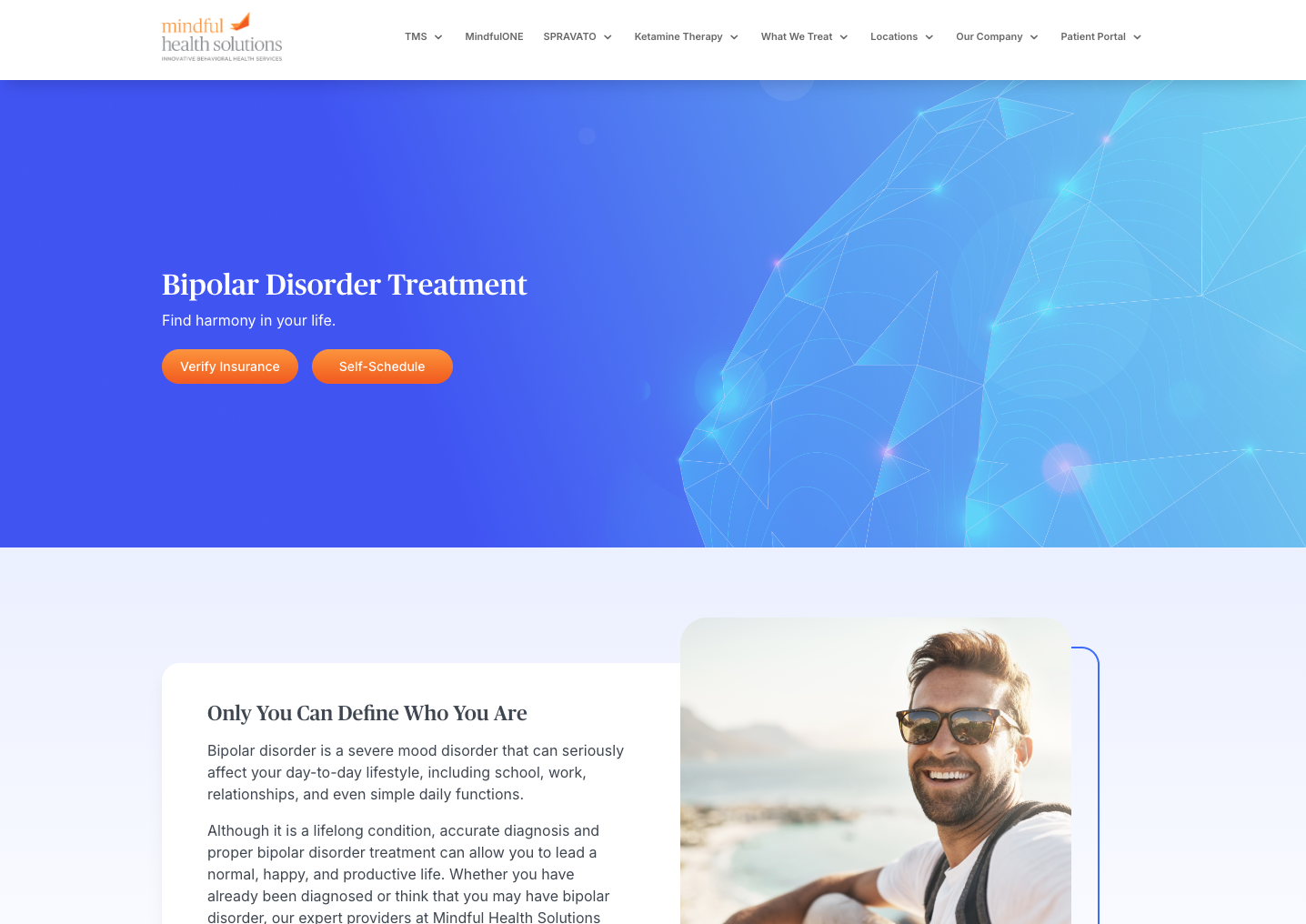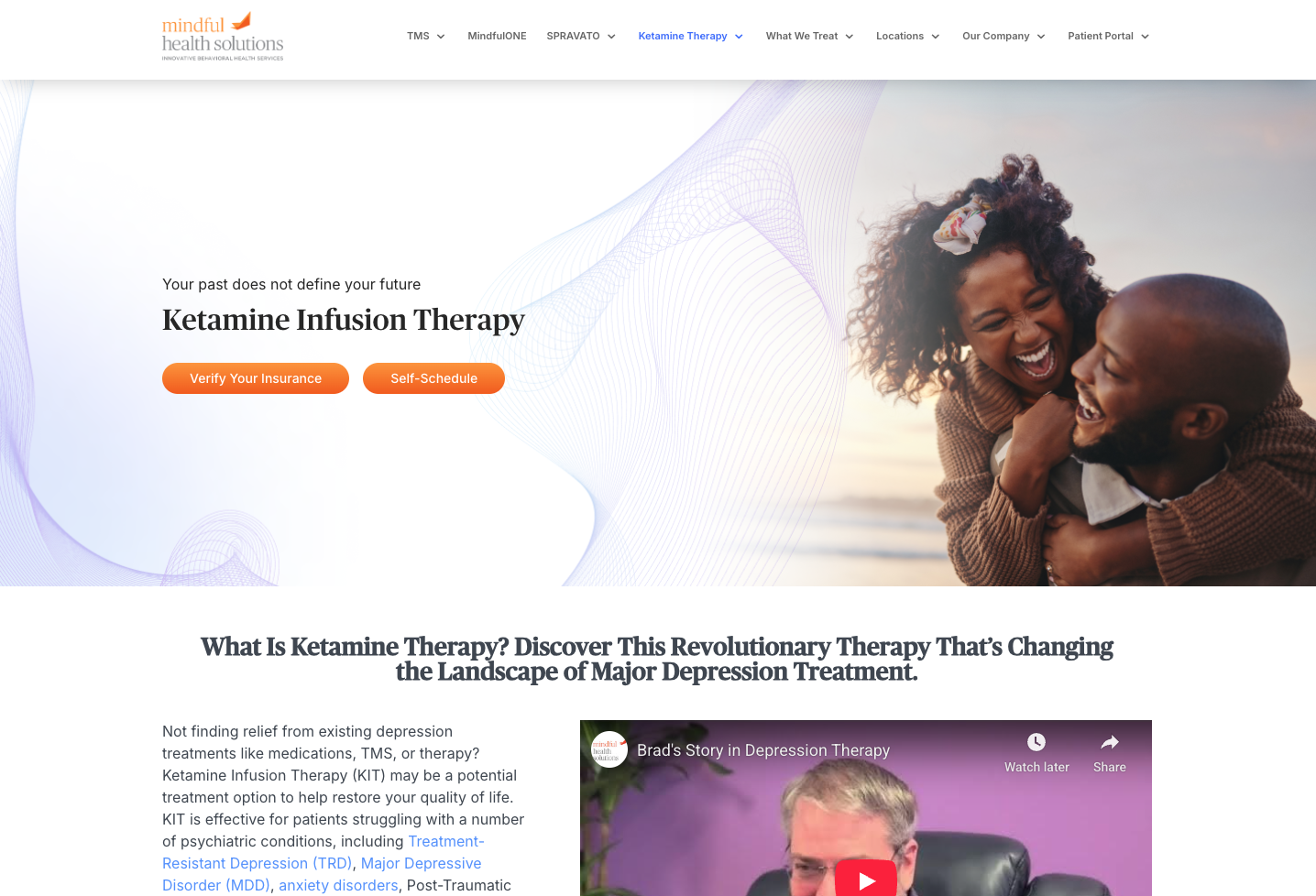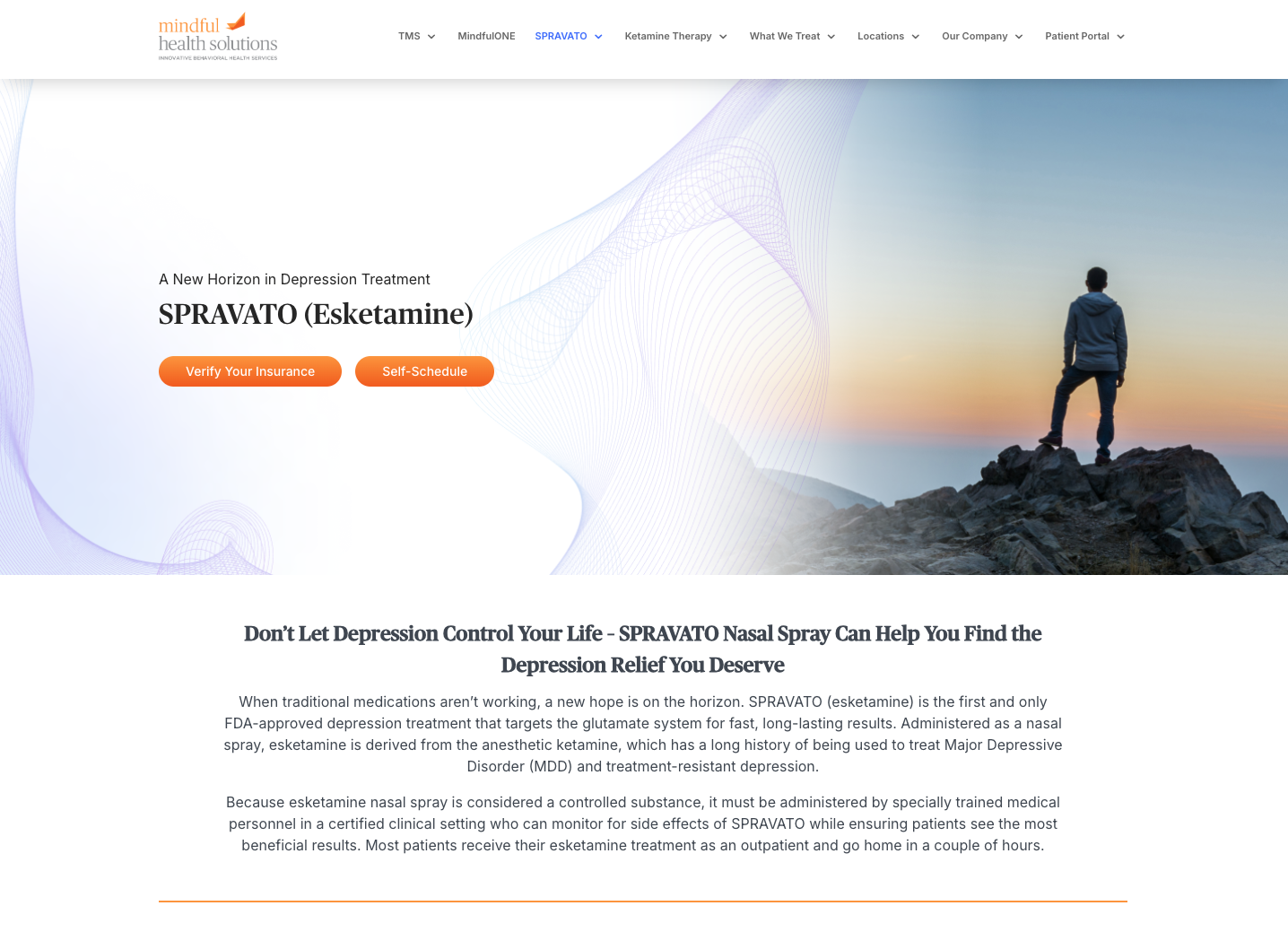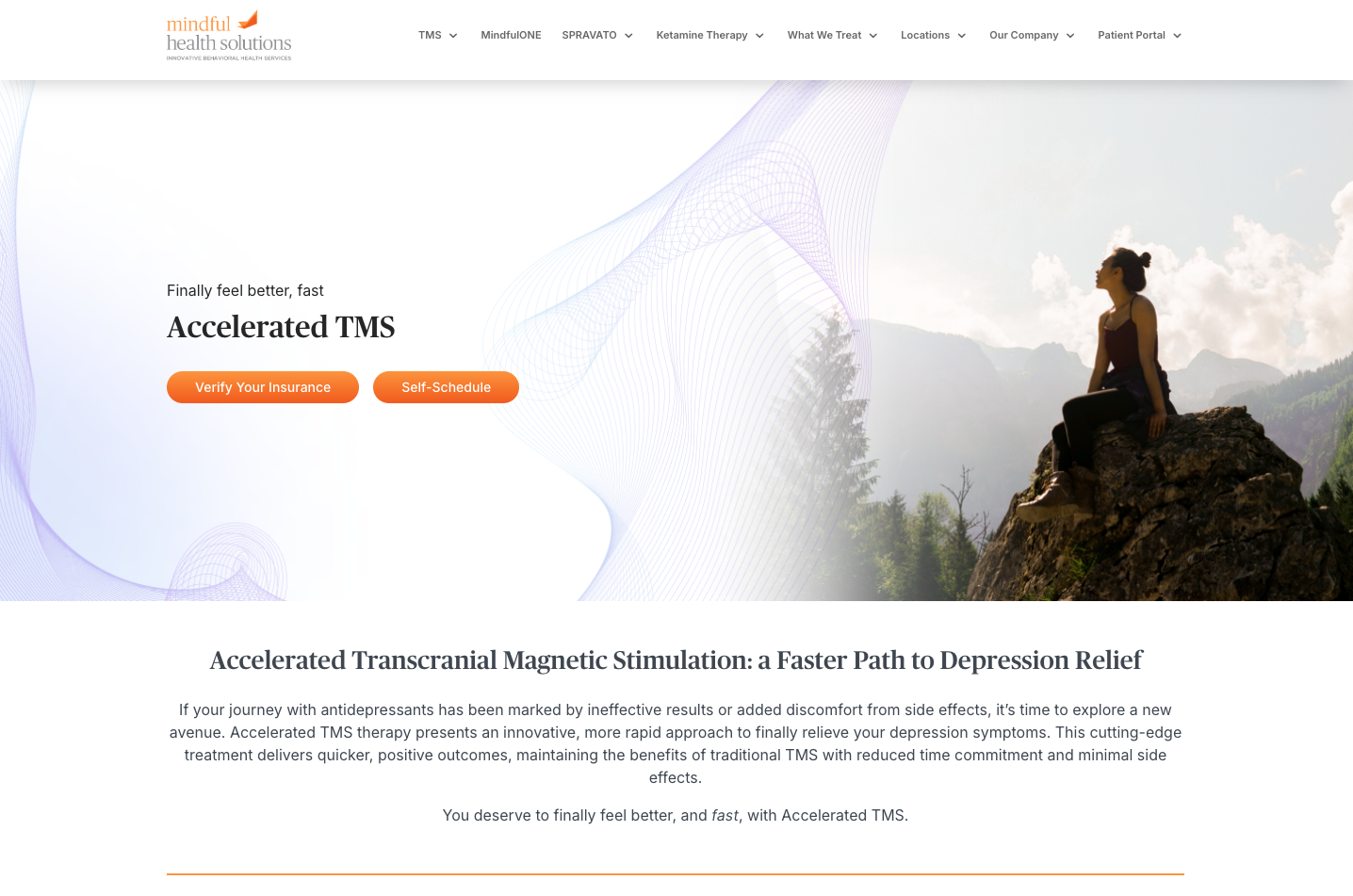When you’re caught in the grip of depression, the wait for relief can feel endless. The wait can feel even longer and harder when other treatments haven’t provided you with the relief you’re desperately seeking. In these moments, the speed at which a treatment promises is especially important. Esketamine, a newer option for those wrestling with difficult-to-treat mental health conditions, stands out not just for its positive results but for its rapid action. This article sheds light on how quickly esketamine therapy can offer a turning point for people with depression. For anyone searching for a faster path out of the depths of depression, understanding the potential of esketamine could be your first step toward brighter days.
The Importance of Speed in Mental Health Treatment
Getting better fast is key when you’re dealing with mental health challenges. For folks who’ve tried many treatments without luck, every day counts. Traditional antidepressants, while effective for many, can take an extended period to work. Patients are then left in a state of limbo as they are waiting and hoping for the medications to work. This delay can worsen feelings of despair and hopelessness, underlining the need for faster-acting alternative treatments.
In contrast, rapid relief can transform the treatment landscape for patients and clinicians alike. Firslty, it provides immediate relief from debilitating symptoms for patients. Secondly, it instills hope. Thirdly, it can significantly reduce the risk of self-harm or worsening conditions. The introduction of ketamine into the world of mental health treatments marks a significant step forward in addressing these urgent needs.
Understanding Esketamine Therapy
Esketamine is marketed under the name Spravato in its nasal spray form. It represents a groundbreaking approach in the battle against severe depression, specifically targeting cases that have not responded to traditional treatments.
The majority of antidepressants impact serotonin, which is a neurotransmitter associated with mood, happiness, and anxiety. Comparatively, esketamine acts on a different part of the brain’s chemical messaging system. It primarily affects the N-methyl-D-aspartate (NMDA) receptors involved in glutamate transmission, which is critical for synaptic plasticity, learning, and memory.
Glutamate is the most abundant excitatory neurotransmitter in the vertebrate nervous system, playing a vital role in brain function. However, in individuals with depression, glutamate signaling can be dysregulated. Esketamine’s action on the NMDA receptor helps to restore balanced glutamate activity, leading to rapid improvements in mood and cognitive functions.
This mechanism is a significant departure from the slow process of serotonin modulation. It enables esketamine to offer quick relief, often within hours to days after administration. This speed is crucial for individuals suffering from severe depression, providing a much-needed option when time is of the essence.
How Esketamine Therapy Works
Esketamine’s ability to rapidly improve depressive symptoms is rooted in its unique impact on brain function. By modulating NMDA receptors, esketamine therapy leads to an increase in the release of other neurotransmitters and neurotrophic factors, such as brain-derived neurotrophic factor (BDNF). BDNF plays a critical role in the growth, maintenance, and plasticity of neurons, which are essential for healthy brain function. Additionally, depression has been linked to reduced synaptic connectivity in certain brain regions associated with mood regulation, such as the prefrontal cortex and hippocampus. Esketamine promotes synaptic plasticity, effectively reversing the neural deficits observed in depression.
Learn more about esketamine’s impact on brain plasticity and how it can improve brain function.
This process leads to a rapid improvement in mood and cognitive functions. This rapid improvement distinguishes esketamine from traditional antidepressants that may take weeks to produce noticeable effects. The fast-acting nature of esketamine therapy is particularly beneficial for those in intense distress, offering an immediate sense of relief and a noticeable shift in their mental state. For patients who have struggled with persistent symptoms despite trying multiple treatments, esketamine provides a new avenue for hope and recovery, working quickly to mend the neurological pathways affected by depression.
Esketamine’s rapid mechanism of action and its potential to quickly relieve treatment-resistant depression underscore its significance as a therapeutic innovation. Esketamine therapy paves the way for immediate improvement in symptoms by directly addressing the underlying brain disruptions associated with depression. It offers a lifeline to those in urgent need of relief. This innovative approach highlights the importance of continued research and development in mental health treatments, aiming to provide faster, more effective solutions for those battling severe depressive disorders.
Speed of Relief from Esketamine Therapy vs. Antidepressants
The speed at which patients can experience relief from depression symptoms is a critical factor distinguishing esketamine therapy from traditional antidepressants. Our patients find that esketamine can begin to alleviate symptoms of depression as quickly as 24 hours following theie first dose. However, it is important to note that a full course of treatment is recommended for maximum results. A full course of treatment typically consists of 12 sessions over 2 months.
This rapid onset of action is in stark contrast to conventional antidepressants, which typically require several weeks to build up an effective level in the body before patients start to notice a significant improvement in their mood and symptoms. The ability of esketamine to provide such quick relief is particularly valuable for individuals suffering from suicidality or for those who have not responded to other treatments.
This difference in the speed of relief can be attributed to the distinct mechanisms of action between esketamine and traditional antidepressants. While most antidepressants work by gradually altering the balance of neurotransmitters like serotonin and norepinephrine over time, esketamine acts on the glutamate system and the NMDA receptors, which allows for a more immediate impact on brain function and mood regulation.
Real-World Experiences
People who’ve used esketamine have shared some amazing stories about feeling better much faster than they thought possible. These stories highlight how esketamine can truly change lives, offering hope and relief when other treatments haven’t worked. Watch the video below to hear our patient, Diana, share her story with esketamine treatment for her depression.
Additionally, the data speaks volumes about esketamine’s impact. After undergoing just eight treatments, approximately 69% of our patients report a noticeable improvement in their depression symptoms. These results are significant considering these are often cases where other treatments have failed.
Moreover, when looking at long-term outcomes, our patients treated with esketamine are more likely to experience recovery from their depression by their 12-month follow-up compared to those relying on traditional medication alone.
These statistics not only highlight esketamine’s potential as a rapid and effective treatment option but also its ability to sustain those improvements over time, offering a glimmer of hope to those who have struggled to find relief through other avenues.
Factors Influencing the Speed of Relief
How quickly esketamine works can vary from person to person. Things like how much is taken, how often, and each person’s unique body chemistry can all play a part. Some people might notice improvements within just a few hours, while it might take days or a couple of weeks for others. Again, a full course of treatment is recommended to achieve the best results.
Additionally, the individual’s unique brain chemistry plays a pivotal role in determining the speed and success of esketamine treatment. Understanding these variables is crucial for tailoring treatment plans that optimize the benefits of esketamine for each patient, ensuring the best possible outcome.
Safety, Side Effects, and Considerations
While esketamine offers a promising treatment option, it’s essential to be mindful of its safety profile and potential side effects. Commonly reported side effects include dizziness, nausea, dissociation, and increased blood pressure, which typically subside shortly after treatment. Ensuring patient safety involves careful monitoring by healthcare professionals, particularly during the initial stages of treatment. At Mindful Health Solutions, patients are supervised for two hours after treatment is administered to ensure their health and safety.
Learn more about the side effects and benefits of esketamine.
Additionally, esketamine is not a one-size-fits-all solution and must be considered as part of a comprehensive treatment plan that may include therapy, lifestyle changes, and other medications. The decision to use esketamine should always be made in consultation with a healthcare provider, taking into account the individual’s health history and specific needs.
Conclusion
Esketamine is offering a new ray of hope for overcoming severe depression, with the chance to feel better much faster than with traditional treatments. It’s an exciting step forward in caring for mental health, giving people a chance to find relief when they need it most.
If you or someone you care about is struggling and hasn’t found help with other treatments, esketamine might be worth looking into. Give us a call at (844) 867-8444 to chat more about it and see if it could be a good fit. Together, we can find a way forward to brighter days.
